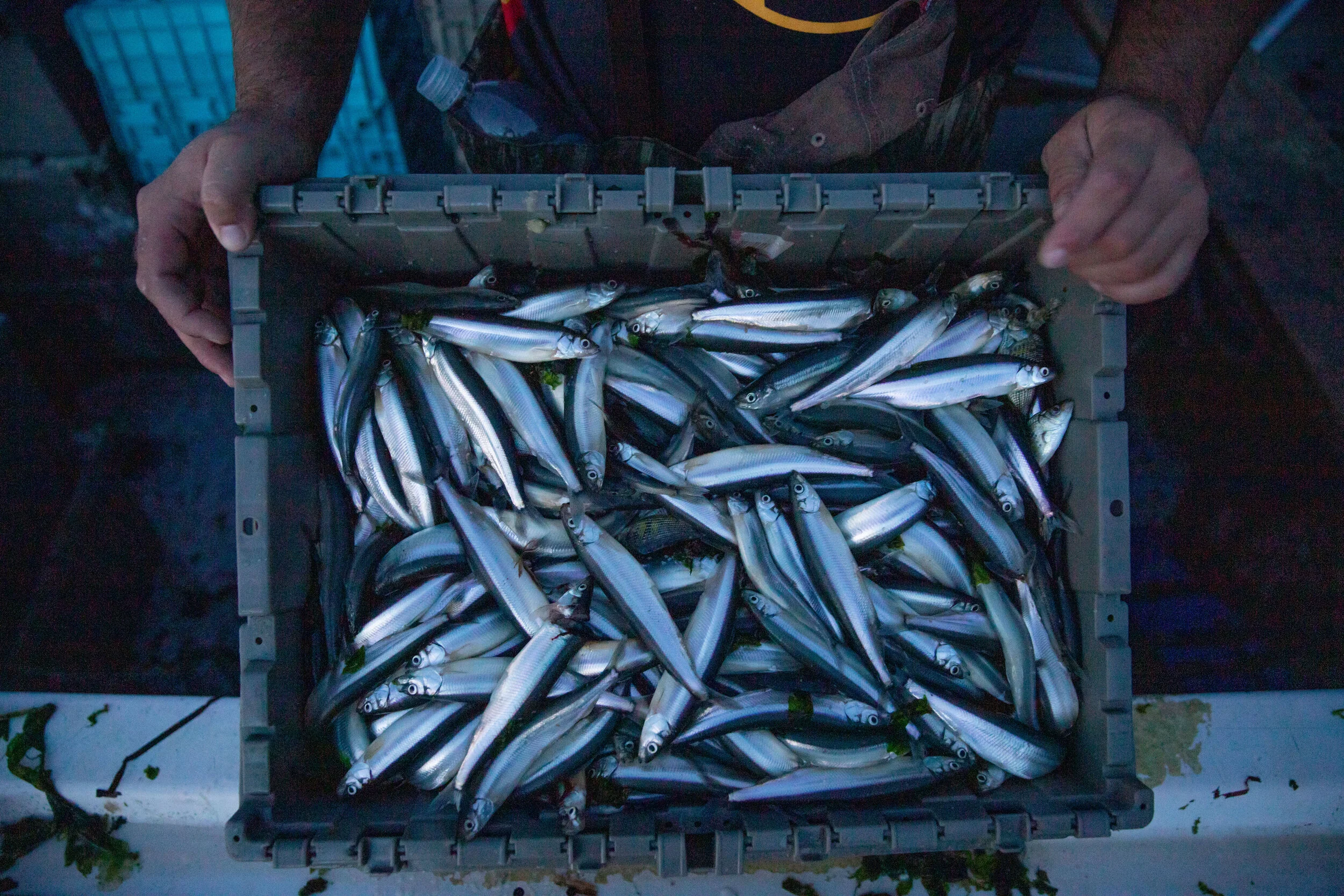We're excited to announce that SeaDoc Society will fund five new scientific research projects aimed at improving the longterm health of the Salish Sea. Each project was carefully reviewed and selected by our Scientific Advisory Committee and funded through your donations from people like you.
We look forward to sharing more about each of these as fieldwork ramps up, but here is a brief look at the newly funded projects:










